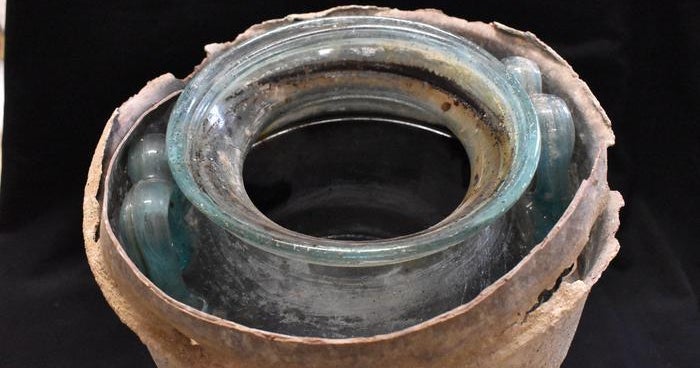Archaeologists have found an urn containing wine that is more than 2,000 years old, making it the “oldest wine ever discovered,” researchers say in a new study. The glass urn was found in a Roman tomb in Carmona, Spain, which archaeologists first discovered in 2019.
A team of chemists from the University of Cordoba recently determined that the wine has been preserved since the first century, researchers said in a study published June 16 in the Journal of Archaeological Science: Reports. The discovery surpassed the previous record of a Speyer wine bottle discovered in 1867, which dated back to the fourth century.
The urn was used in a funeral ritual involving two men and two women. As part of the ritual, the skeletal remains of one of the men were immersed in wine. Although the liquid had taken on a reddish hue, a series of chemical tests revealed that, due to the absence of a certain acid, the wine was in fact white.
Juan Manuel Roman
“At first we were very surprised that liquid was preserved in one of the funerary urns,” Juan Manuel Román, municipal archaeologist of the city of Carmona, said in a press release.
Despite thousands of years having passed, the tomb was tightly sealed and therefore conditions were extremely intact, protected from flooding and leaks, allowing the wine to maintain its natural state, researchers said.
“The most difficult thing to determine was the origin of the wine, as there are no samples from the same period with which to compare it,” the press release said. Yet it was no coincidence that the man’s remains were found in the wine. According to the study, women in ancient Rome were not allowed to drink wine.
“It was a man’s drink,” the release said. “And the two glass urns in the Carmona tomb are elements that illustrate Roman society’s gender differences in its burial rituals.”








